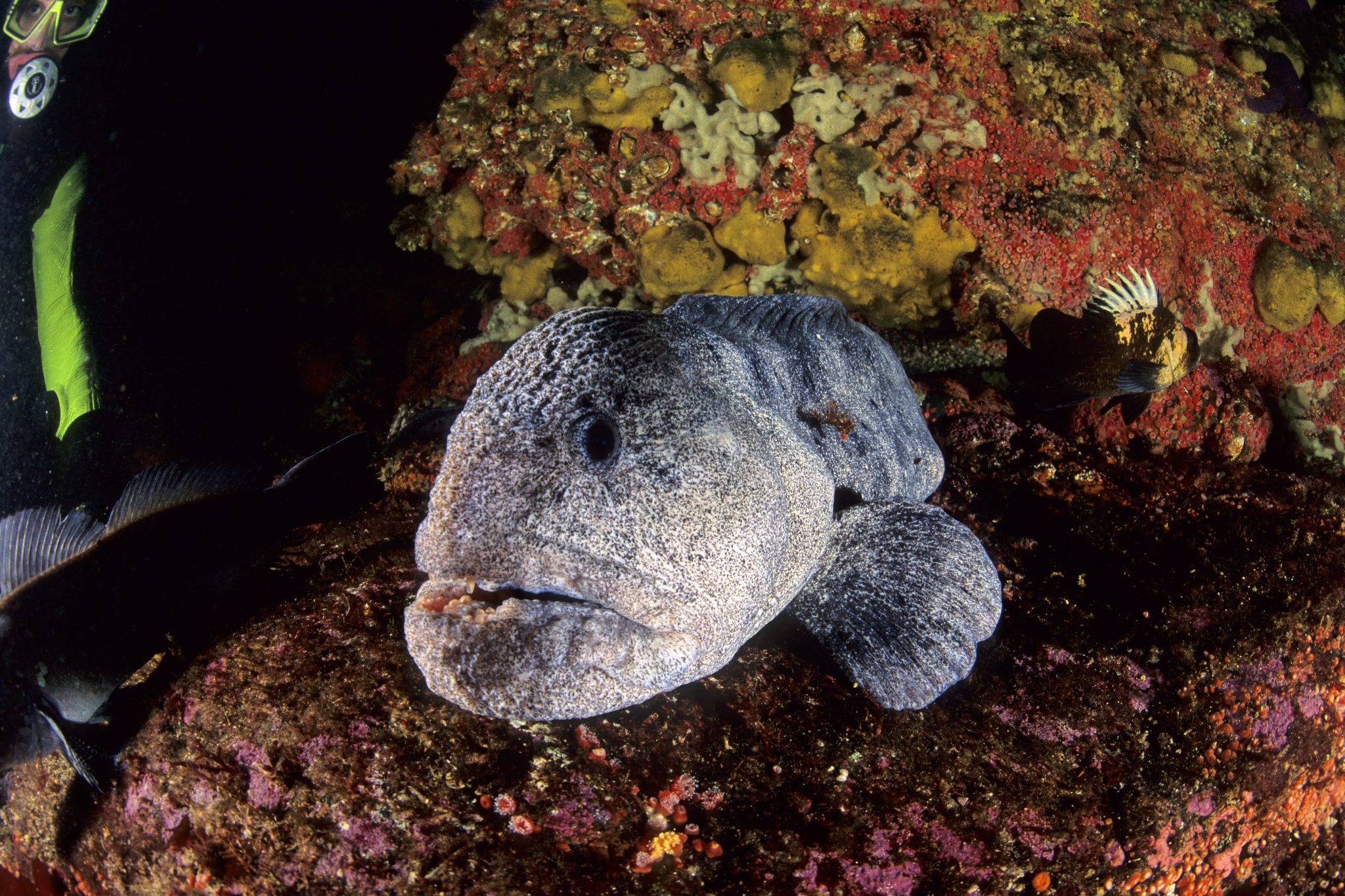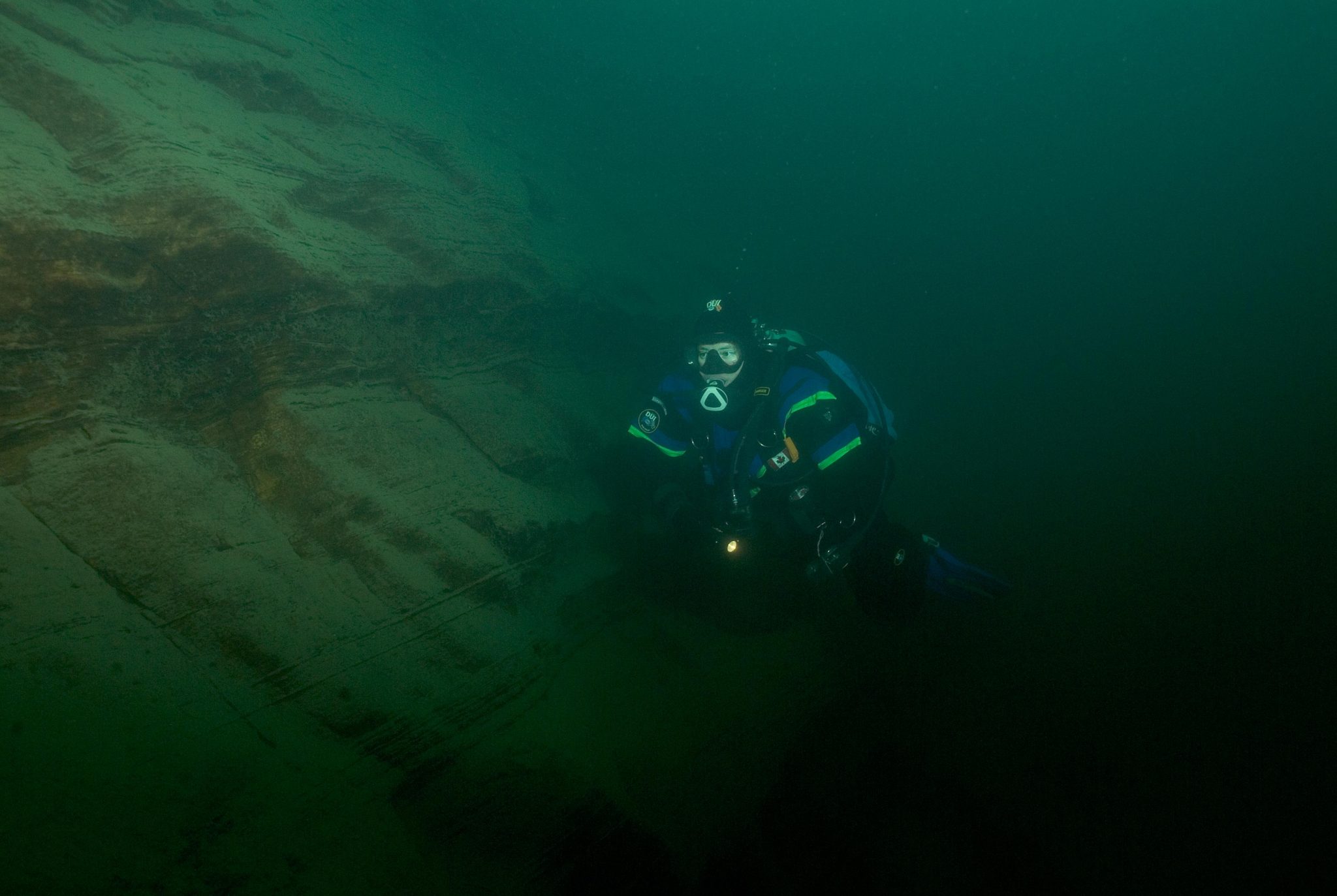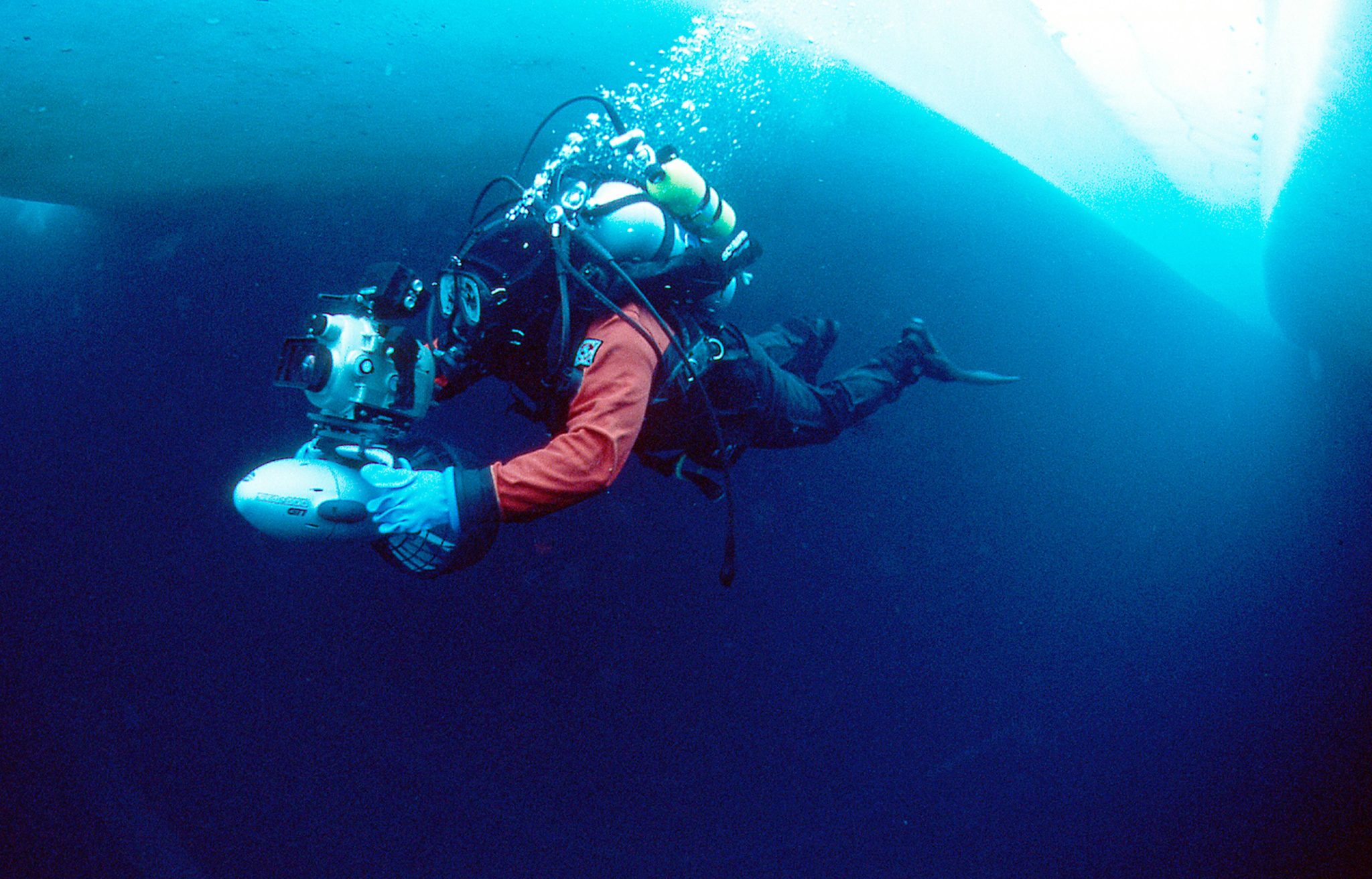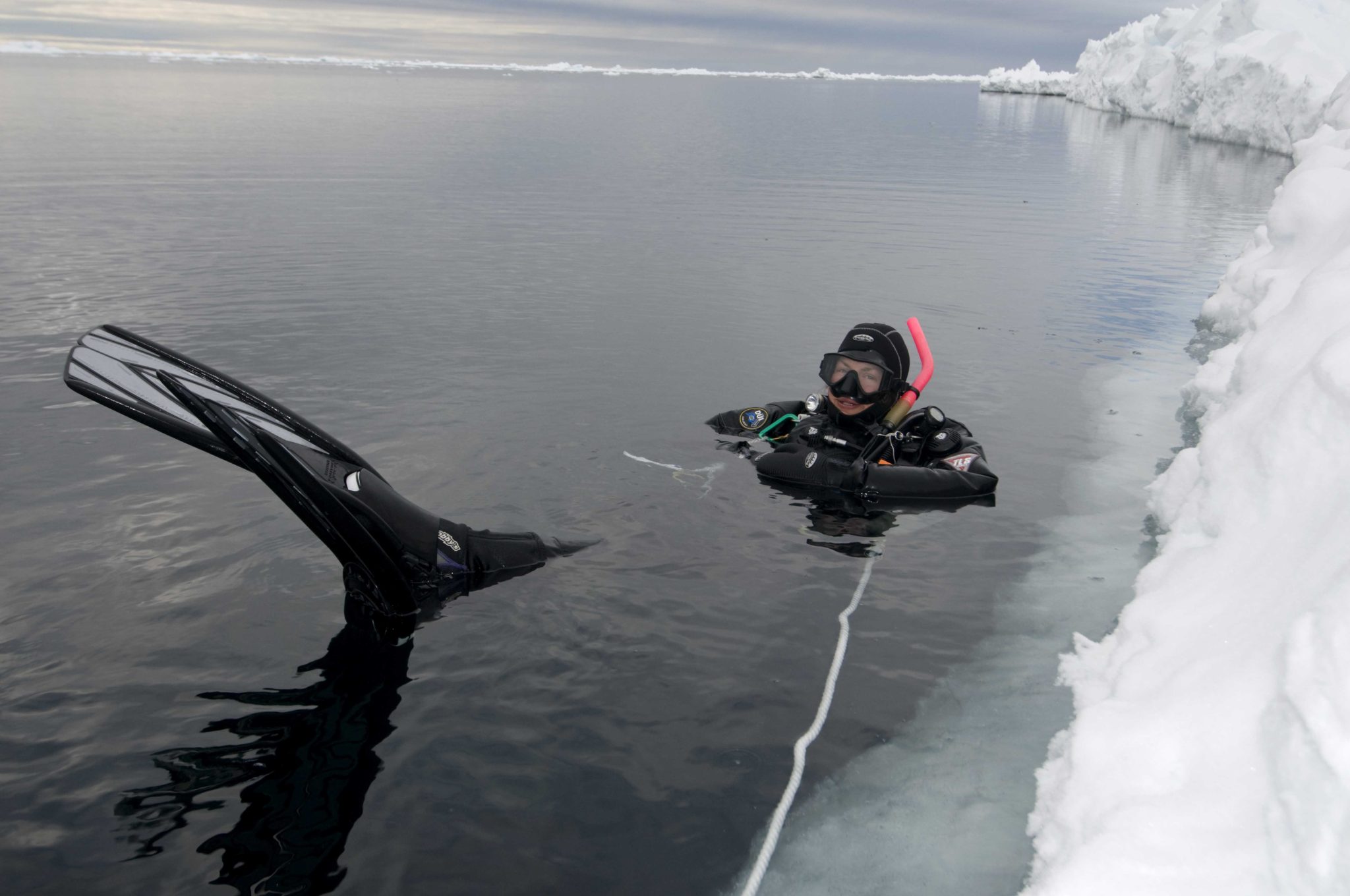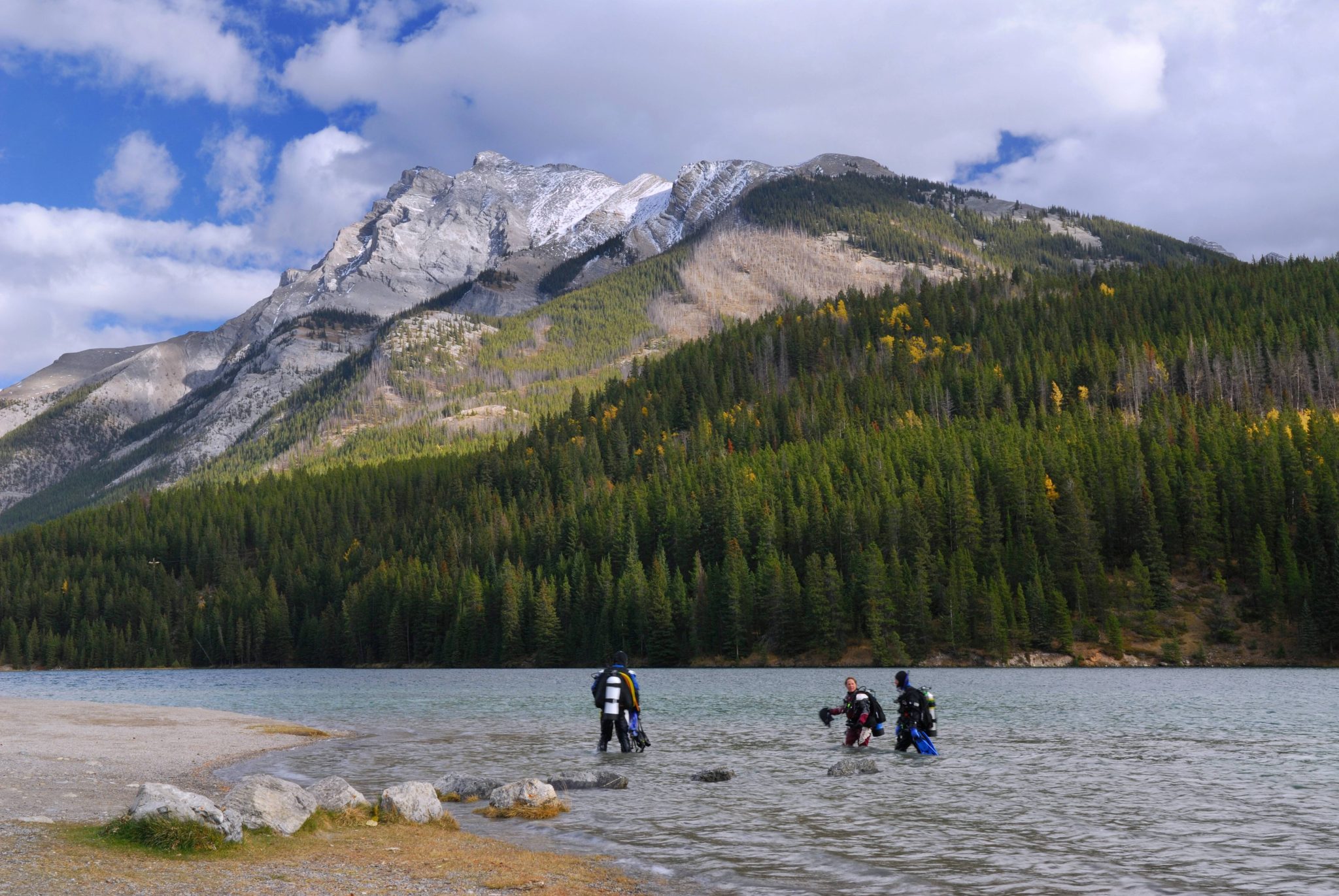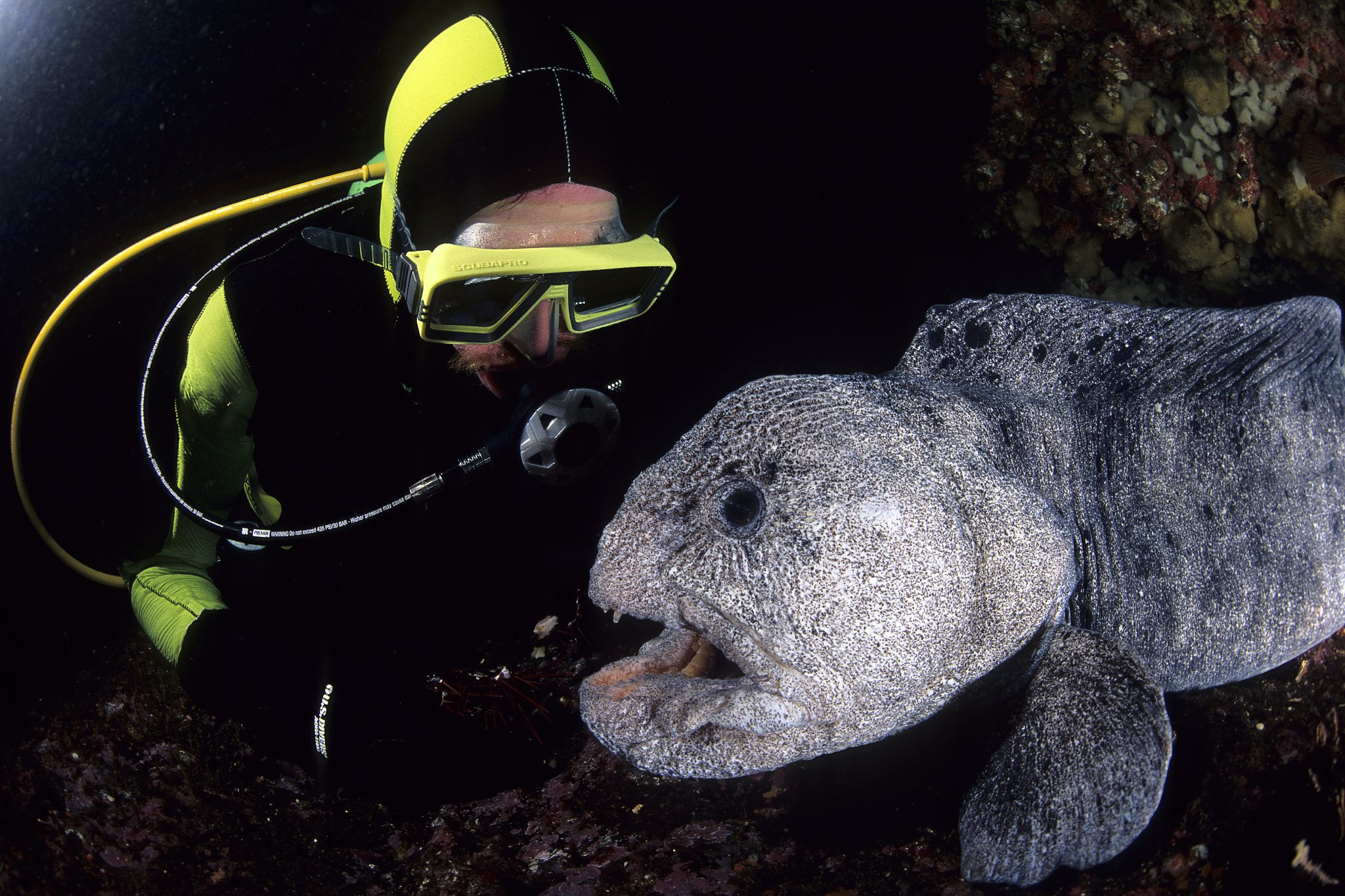

Overview
Fact File
| Capital | Ottawa |
| Population | 38,780,000 |
| Languages | English and French |
| Time | GMT-2.5 to GMT-8 |
| International Dialling Code | +1 |
| Money | Canadian dollar, CAD $ |
| Tourist Board | |
| International Airports | Calgary (YYC), Edmonton (YEG), Fredericton (YFC), Gander (YQX), Halifax Stanfield (YHZ), Greater Moncton Romeo LeBlanc (YQM), Montreal-Trudeau (YUL), Ottawa Macdonald-Cartier (YOW), Quebec Jean Lesage (YQB), St John’s (YYT), Toronto Pearson (YYZ), Vancouver (YVR) and Winnipeg (YWG). |
About The Diving
Canada has plenty of phenomenal diving and with no shortage of coastline beside the Arctic, Atlantic and Pacific oceans and 20% of the world’s fresh water there are many truly world class dives. The water is cold and drysuit diving is generally recommended. For those willing to brave the chill there are historic wrecks, amazing marine wildlife such as sea lions and pacific octopus, walls, pinnacles, reefs and some serious tidal ranges for high adrenaline dives.
It would be impossible to cover everything. Below are more details of just a few highlights of the wonderful diving in this remarkable country.
Video
Dive Highlights
Baffin Island, Nunavut
A truly wild area, the diving around Baffin Island is a unique experience. With the chance to dive round ice flows, stay with native Inuit peoples and see polar bears, narwhals, beluga, seals and the incredible arctic species. It is an expensive option but surely a bucket list destination!
Barkley Sound, British Columbia
The nutrient rich waters of Barkley sound on the west coast of Vancouver Island mean the abundance and diversity of marine life here is incredible. Giant Pacific octopus, wolf eels, Steller’s seal ions, harbour seals, six gill sharks, massive plumose anemones and huge numbers of colourful nudibranchs are just some of the highlights here. On the boat orca and humpback whales are a common sight. If marine wildlife is your thing then Barkley sound is a must-visit location!
Bell Island, Newfoundland
Bell Island has both excellent marine life and some brilliant wreck dives. Four WWII cargo ships sunk in 1942 by German submarines are particularly popular sites, the PLM-27, SS Lord Strathcona, SS Rose Castle and SS Saganaga. These wrecks lie between 18 and 33m and are covered in stunning marine life. The guns are visible though now home to a whole host of benthic life, which makes for a fantastic photographic opportunity!
Brockville, Ontario
Brockville on the St Lawrence River is well known for its wrecks dives including the Robert Gaskin, a two masted wooden schooner which sank in 1889 and is an area of fairly moderate current and 21m deep. The larger Henry C. Daryl is steel freighter which collided with another vessel in foggy conditions and sank in 1941 in 27m. This wreck experiences strong current so is more suited to the experienced diver.
Kingston, Ontario
Kingston on the north shore of Lake Ontario, has over 20 wrecks to explore including the Kate Eccles a very well preserved wreck from 1922 and the 50m long wreck of the car ferry Wolfe Islander II. As well as wrecks Kinston has the “Lost Villages” which became dives sites after the construction of dams. Nearby the Thousand Islands are of the St Lawrence River has some excellent shore diving.
Pointe-au-Père, Quebec
There are a large number of ship wrecks in the area where the St Lawrence River becomes the Gulf of St Lawrence. The best of these is the Empress of Ireland, which sank in 1914 and lies in 30m of water.
Tobermory, Ontario
Home of the Fathom Five National Marine Park, Georgian Bay has numerous shipwrecks from 1800s to the 1900s during which time this was a busy shipping route. Many wrecks lie in 9-12m depth and the visibility is often excellent. The water is cold and currents are present on some wrecks, however there is enough choice that you can opt for the sites that best suit your experience level. Two highlights are the Niagara II an artificial reef sunk in 1999 and the Arabia, a wooden sailing ship from 1884.
When To Go
Canada can be dived year-round as there will always be a good area to dive in each season. The water temperature is warmest in summer, however for the best visibility winter offers the clearest ocean water. Freshwater sites are best dived in summer, while the Pacific coast is often best in winter and Newfoundland diving is often excellent in spring.

